As a digital analyst, it’s my job to study how technology disrupts business markets and models. As an aspiring social scientist, I also study technology’s impact on culture and behavior. These two worlds are colliding with increasing velocity as each day passes. One of the trends I’ve been following over the last several years is the relationship between TV, smartphones, tablets and PCs.
There’s no longer a doubt that we are becoming a society of multiscreeners. The reality is that people will watch TV while multitasking on other devices. They do so now without benefit of your vision or direction. Their second and third screen experience is for the most part theirs to define and yours to study. At some point however, the multiscreen and viewer experience will benefit from your architecture and in doing so, your business will benefit as well.
Mobile apps, social ads, Twitter and Facebook engagement, these are all initial areas of investment. I’d like to take the next several hundred words to explore a much simpler but also important aspect of multiscreening. Here, I’m specifically speaking to any business that either creates programming, advertises on TV, places products in shows, or is active in any industry that popular shows touch upon.
Google published an in depth report on the new multi screening world that I’ve spent quite a bit of time reviewing. In just a few short but important slides (29 – 32), Google focuses on the changing role of television in a multi-screen environment. Specifically, Google focuses on how people, well, Google while watching TV.
There was a time, a long time at that, when TV was the epicenter of the home and the attention of those within it. The Internet however now rival TV, but the truth is the two will co-exist and over time, play a harmonious role in engaging consumers.
According to Google, 77% of TV viewers use another device while watching TV. As we see here with Lori’s example, people are shopping, emailing, surfing, etc.
Beyond the casual second screen engagement conveyed by Lori, people are taking specific actions based on what they see on TV. As we see with Kelly’s example, the desire to seek more information about people, products, places, events, etc., can prompt a view to learn more. And, those searches will take place in the traditional Google search box, as well as Google Images and also Youtube.
Naturally, Google found that TV is in fact a major catalyst for search.
Depending on the second screen, smartphones and PCs can trigger a variety of different actions based the occasion for search. For example, with smartphone users, 22% of viewers are promoted to search based on what they see on TV. 17% of those viewers will take action based on a TV commercial.
This leads to a new moment that Google calls “found time,” the combination of device accessibility and spur-of-the-moment usage to get something done in the moment. It is in these “micro-moments” that Google found viewers to search, shop, communicate and keep entertained across multiple screens. The result? Marketers and advertisers are now presented with additional touchpoints to engage consumers throughout the day.
In these moments, viewers will search using the screen that’s the closest to them. More often than not, that device is likely to be a smartphone or tablet. Some will however, go find their PC as it is a more familiar and capable device according to their preference.
Search is just the beginning however. Found time is the key driver for spontaneous search with 80% and 52% taking place on smartphones and PCs respectively. However, of those spontaneous searches upward of 44% do so to accomplish a goal.
Customer Journey Architecture and Optimization
Marketing around found time and these new micro-moments creates the need for customer experience and journey architecture. Knowing that a viewer can at any moment Google or Youtube your business, product or service on any one of three screens, what does that path, result, and experience look like today? Chances are it needs to either be designed and or optimized⎯for each screen. Additionally, the context and intention of the search should be considered to frame a dynamic and personalized journey. What’s most important is to design several journeys around the intention or possible state of the viewer to make it not only more efficient but also rewarding. If upward of 44% of those spontaneous searches are started to accomplish goals, then understand what those goals are and streamline them through a dedicated click path optimized for each screen and intention.
SEO and SEM is no longer good enough to cater to multiscreeners who engage in found time. Experiences and outcomes now count for everything. And, they require architecture and refinement over time. This requires what I believe to be a new role that looks beyond customer experience to include customer journey design and management.
Originally published at AT&T’s Networking Exchange
Connect with me: Twitter | LinkedIn | Facebook | Google+
The End of Business as Usual is officially here…
Image of TV/mobile device courtesy of Shutterstock
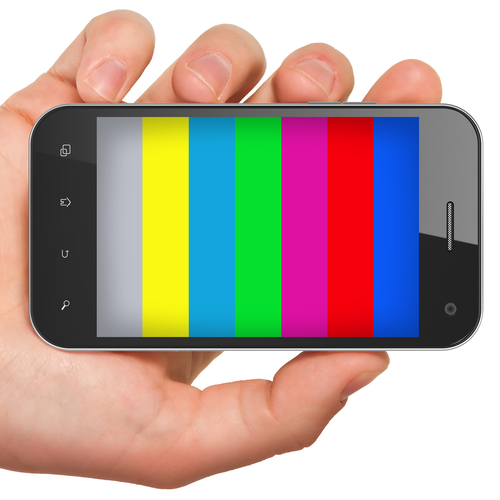

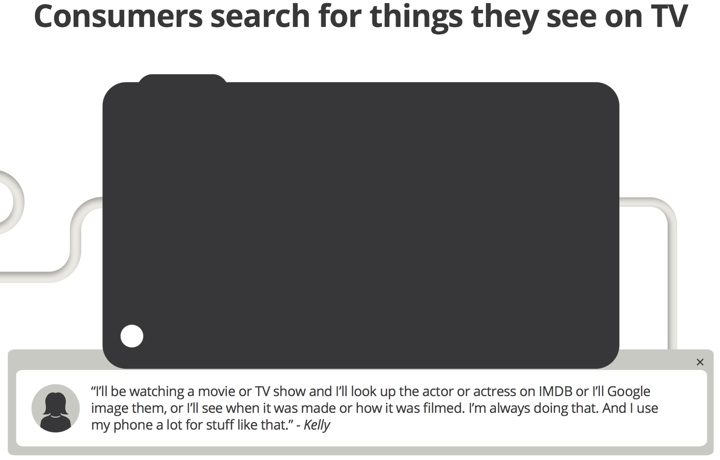
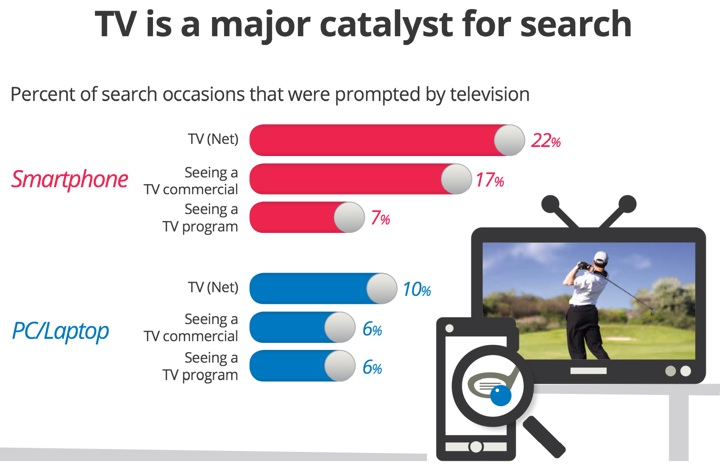
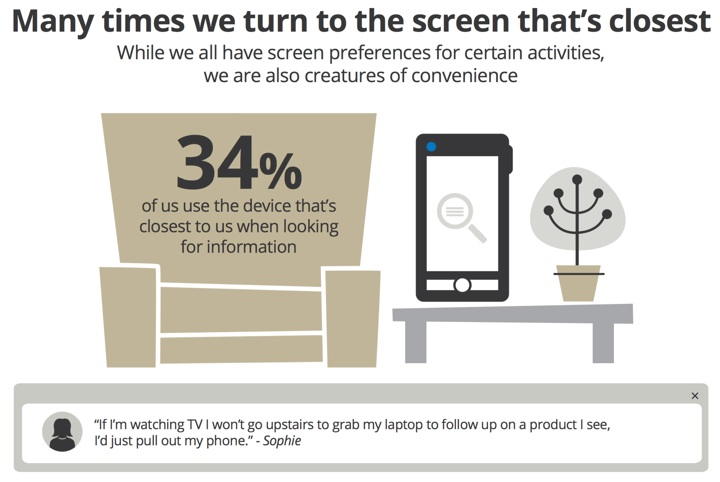
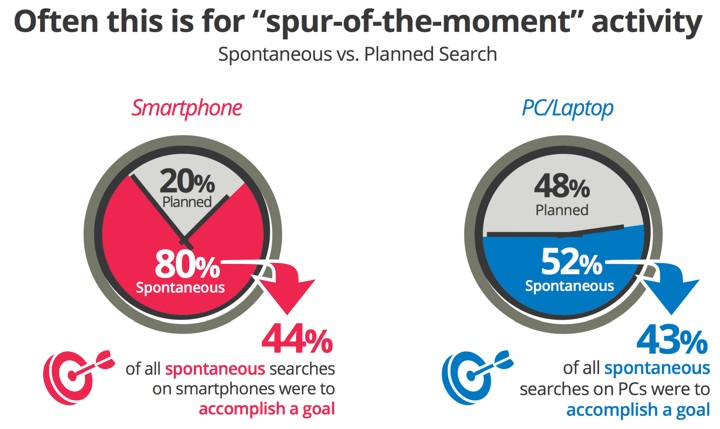


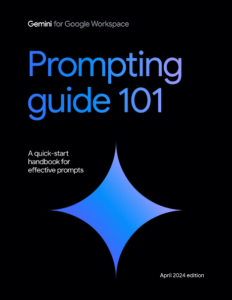
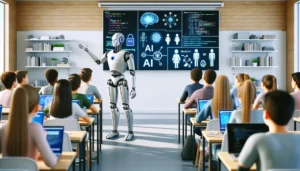


This is a very interest point. I have always thought that advertising on Television was a dying art form. However, it can also be used as a valuable reinforcement and communication tool. The key to a successful strategy is having a strategy that combines Television, Internet, and other forms of media.
Indeed. Thank you for the comment.
Great article Brian, TV drives mass footfall to websites globally (even Google states this) and the significant growth in multi-device usage is changing consumer journey paths forever. 2013 is going to be a very interesting year. Brian you are totally right when you say brands need to make sure they review their online content areas and ensure they remain, engaging and provide quality content and the information is of real benefit to end users. Customer journey design and management will be very important. Thank you Brian
Cheers Ian!
What’s the Arsenal doing to tap into the second screen, Wrighty?
Some compelling thoughts/stats Brian. Given the increasing presence of two-screen environments and multi-tasking viewers, TV advertisers face both a growing challenge and an opportunity. Billions are still spent on TV spots but more attention is being diverted to the ‘second screen.’ Cross-platform approaches like sync’d advertising that’s cognizant of its environment can better engage viewers and be part of that ‘found time.’ Agency creatives need to build for such experiences and journeys, and be there for the segment of the viewing population that’s leaning their way.
Absolutely David. Thank you!
Outstanding Post! We’ve come such a long way since the recent old days of “light boxes” and actual hands-on Cutting & Pasting with X-acto knives and Kodalith. Clearly, the future is now… Welcome to the future!
Brilliant post. However, there is the added complication of time-shifting – such as online catchup and PVRs that fragment the timing of when an ad could hit. Also, why would radio not have a bigger impact (no time-shifting and easier to multi-task) on small-screen tie-ins? Radio is often more local (although TV ads can also be highly localised) and online advertising can cheaply follow up on that with geo-targeting.
In addition, we have the imminent rise of smart TVs, which could stem the tide of multi-screen back to single (split) screen.
Hi Steven, thank you for the comment. The behavior around radio is really changing. In fact, kids would rather use something like spotify or youtube (really) than listen to something local. And there are some studies that show that split screens on smart tvs isn’t playing out so well.
What a great post! Thank you.
Great post. Definitely a good reminder for companies to make sure their sites are mobile and tablet optimized, especially for those times when that second screen experience comes into play. We’ve seen enough mobile failures to know not every brand is up to speed in that department — and that’s just the e-commerce sites we’ve reviewed. Interesting stuff!
Thanks for the comment!
Thanks for the great summary and insights. What an exciting time to be a marketer and creative person at an agency. Endless possibilities. Will use this in my USC class lectures next week. Thnx
amen! thanks hank!
You’ve discussed the subject thoroughly, with multiple illustrations, charts, etc. So far so good. But now imagine that we do not have to discuss the “nearest screens” but our eyes… almost. With a new Google glasses project, optimization for small screens is a challenge more than anytime before. I’m thrilled to be able to try this gadget, and this time not to oversleep and adjust my website for this type of devises because something is telling me it will be the future.
Very interesting. You hit the nail on the head when you said that
there’s a need to go beyond customer service and include customer
journey design and management. Thanks, Brian!
Cheers Dave!
We blogged over the summer about a related topic – the Social TV Explosion. We looked at a few social platforms such as Get Glue, Umami and Miso. I’m curious how marketers are able to leverage these platforms. Any thoughts?
I’m working on a research project…very good question.
Want to chat about that project? We may have some data… 🙂
Great post. Love the infographics included and how they are continually being integrated into todays’ blogs and content marketing as well. Very convenient and attractive compared to long paragraphs… Completely agree with the “spur the moment activity” coming 80% from smartphones spontaneously. Will be interesting to see the future developments a company like Google makes knowing this information — I’m sure it will be something fascinating.
Thanks Steffan!